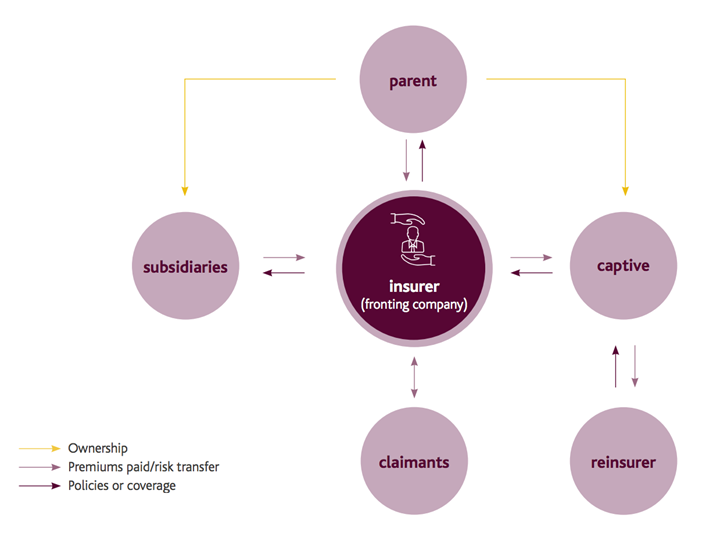A leading reinsurance hub in Europe
Luxembourg is the largest captive reinsurance market in the EU. International companies from all over the world have established around 200 reinsurance undertakings in the Grand Duchy.

There are several benefits of captive reinsurance. The premiums paid to the captive by the parent and affiliates of the group and the attached captive’s underwriting profits can be retained within the international group and used to finance the business activities of the other subsidiaries of the group.
The captive reinsurance, being an “in-house” reinsurance solution, allows its owner to tailor the insurance to suit the group’s specific requirements. In particular, international groups with different types of risks in different geographic locations may often have to purchase insurance policies from local providers. A captive can create a “one-stop shop” within the group, enabling the owner of the captive to allocate deductibles for each risk or territory.
The captive also centralises the risk management strategy of the international group, allowing for a better overall assessment of the group’s risk exposure and losses.
INSURANCE:
A LEADING FINANCIAL CENTRE IN EUROPE
-
A LEADING FINANCIAL CENTRE IN EUROPE Weiter lesen
-
INSURANCE IN LUXEMBOURG Weiter lesen
-
LUXEMBOURG LIFE INSURANCE Weiter lesen
-
LUXEMBOURG LIFE INSURANCE Weiter lesen
-
LUXEMBOURG NON-LIFE INSURANCE Weiter lesen
-
LUXEMBOURG REINSURANCE Weiter lesen
-
FUTURE CHALLENGES FOR THE INSURANCE INDUSTRY Weiter lesen

